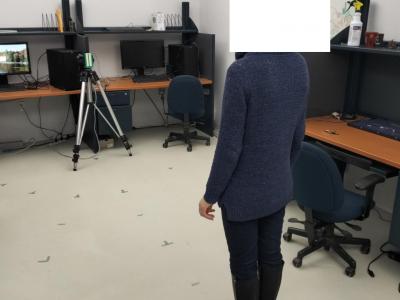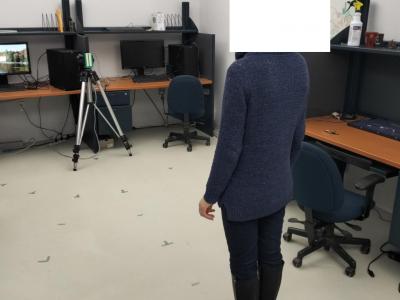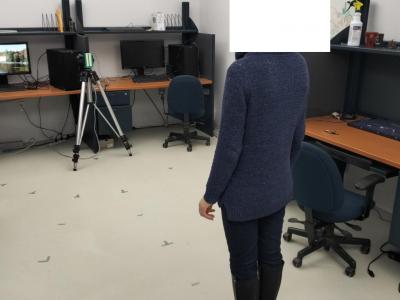Machine Learning

This dataset comprises vibration signals collected from bearing test rigs under both healthy and faulty conditions, designed to support research in fault diagnosis and out-of-distribution (OOD) detection. The data includes:
-
CWRU Dataset: Signals from the Case Western Reserve University bearing test platform, sampled at 12 kHz, covering normal operation and three fault types (inner race, outer race, and rolling element faults) with varying severities (0.007–0.021 inches). OOD samples are explicitly labeled for validation.
- Categories:
 10 Views
10 Views
Paper : Assessment of Inference Improvements for Facial Micronutrient Deficiency Detection using Attention-Enhanced YOLOv5
Authors : Amey Agarwal, Shreya Rathod, Riva Rodrigues, Nirmitee Sarode, Dhananjay R. Kalbande
Desciption
This is a dataset of 7 classes : 6 facial skin problems and 1 null class.
A facial skin problem may be identified in an image and marked using Bounding Box Annotation.
Acne Class indicates deficiency of Vitamin D
Blackhead and Nodules are types of acne
- Categories:
 8 Views
8 Views
This dataset is the original resistance data and gas response data of 11 VOCs in 8 commercial gas sensors collected by the self-developed G919 electronic nose device. Eleven types of VOCs were detected, including acetone, ethanol, butyl acetate, methanol, dimethylbenzene, isopropanol, methylbenzene, benzaldehyde, hexane, n-propanol and ethylene glycol. Eight commercial gas sensors were employed, including MQ-2, MQ-3, MQ-4, MQ-5, MQ-6, MQ-7, MQ-8, MQ-9.
- Categories:
 7 Views
7 Views
This dataset comprises 1301 rounds collected from the 2024 Valorant Champions Tour Pacific and EMEA. Specifically, those rounds contain completed information on Team A and B's number of available ultimate abilities each round, the average number of ultimate points until ultimate ability for each team per round, and each team's total loadout value per round. Each round's outcomes are labeled and weighed against the predicted outcomes in future logistic regression modeling.
- Categories:
 9 Views
9 ViewsThis dataset contains raw FMCW radar signals collected for human localization and activity monitoring in indoor environments. The data was recorded using mmWave radar sensors across two different laboratory settings, designed to simulate real-life scenarios for human detection and localization tasks.
- Categories:
 33 Views
33 ViewsThis dataset contains raw FMCW radar signals collected for human localization and activity monitoring in indoor environments. The data was recorded using mmWave radar sensors across two different laboratory settings, designed to simulate real-life scenarios for human detection and localization tasks.
- Categories:
 72 Views
72 ViewsThis dataset contains raw FMCW radar signals collected for human localization and activity monitoring in indoor environments. The data was recorded using mmWave radar sensors across two different laboratory settings, designed to simulate real-life scenarios for human detection and localization tasks.
- Categories:
 36 Views
36 ViewsThis dataset contains raw FMCW radar signals collected for human localization and activity monitoring in indoor environments. The data was recorded using mmWave radar sensors across two different laboratory settings, designed to simulate real-life scenarios for human detection and localization tasks.
- Categories:
 42 Views
42 Views
The ORL and WarpPIE datasets consist of grayscale face images, with each sample representing a single individual captured under various lighting conditions, facial expressions, and occlusions. The COIL20 dataset contains grayscale images of 20 distinct objects, with each object represented by 72 images taken from different rotational perspectives. The MNIST and USPS datasets comprise handwritten digits ranging from 0 to 9.
- Categories:
 6 Views
6 Views
This dataset aims to support research on temporal segmentation of the Timed Up and Go (TUG) test using a first-person wearable camera. The data collection includes a training set of 8 participants and a test set of 60 participants. Among the 8 participants, the test was completed at both a normal walking pace and a simulated slower walking pace to mimic elderly movement patterns. The 60 participants were randomly divided into two groups: one group completed the test at a normal walking pace, and the other group simulated slower walking speed to mimic elderly movement patterns.
- Categories:
 39 Views
39 Views


